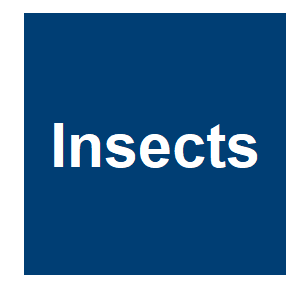Development of Sterile Insect Technique for Control of the European Grapevine Moth, Lobesia botrana, in Urban Areas of Chile

|
G. S. Simmons, M. C. Salazar Sepulveda, E. A. Fuentes Barrios, M. Idalsoaga Villegas, R. E. Medina Jimenez, A. R. Garrido Jerez, R. Henderson and H. Donoso Riffo,
Insects,
12.
2021.

The European grapevine moth, a Palearctic pest, was first detected in the Americas in 2008. Its establishment in Chile presented production and export issues for grapes and other fruits, and a national control campaign was launched. Urban areas next to agricultural production areas were recognized as a challenge for effective control. In 2015, a SIT laboratory was established in Arica, Chile to evaluate its potential for urban control. Progress included the development and evaluation of artificial diets, a mass-rearing of 75,000 moths/week, confirmation of 150 Gy as an operational dose for inherited sterility, and releases of sterile moths in a 25 ha urban area next to fruit production areas. Season-long releases demonstrated that high overflooding ratios were achieved early in the season but decreased with a large increase in the wild moth population. Sterile moth quality was consistently high, and moths were observed living in the field up to 10 days and dispersing up to 800 m. Recommendations for further development of the SIT include conducting cage and field studies to evaluate overflooding ratios and mating competitiveness, measuring of infestation densities in release and no-release areas, and conducting trials to evaluate combining SIT with compatible integrated pest management (IPM) tactics such as fruit stripping and use of mating disruption. More related to this: Transgenic moths released to end one of the worst pests on the planet Genetically engineered moths have been released into the wild to wipe out pests Genome editing: scientific opportunities, public interests and policy options in the European Union Guidance on the environmental risk assessment of genetically modified animals
|



